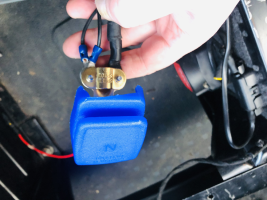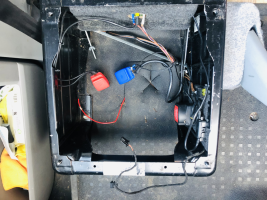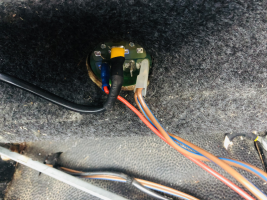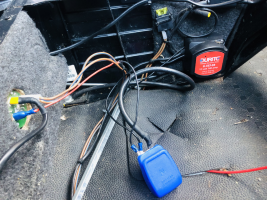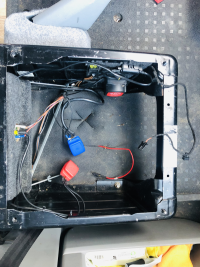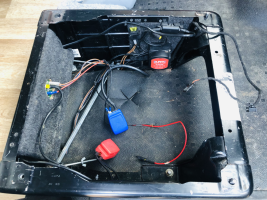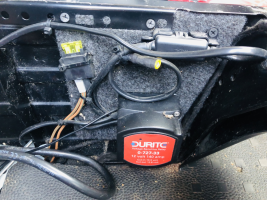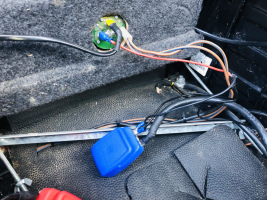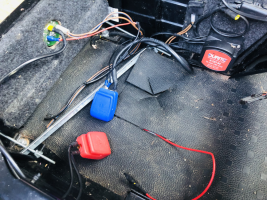My starter battery (SB) is 3 months old; my leisure battery (LB) is less than 12 months old. Using a multimeter, the readings are as follows:
SB voltage with engine off: 12.85
SB voltage with engine running: 14.15
LB voltage with engine off: 12.43
LB voltage with engine running: 12.43
Leisure battery not charging via starter battery (T5)
With engine running:
When the terminal clamps are disconnected from the LB, testing the voltage across those terminal clamps gives a reading of 14.05V
When those same terminals clamps are connected to the LB, the voltage then tested across the terminal clamps reads 12.43V. Obviously this needs to be up at the 14V range.
Does this sound like there’s a problem with the LB? Even if it’s less than 12 months old? I'm guessing the voltage sensitive relay is working ok since the voltage across the terminal clamps when disconnected from the LB is reaching 14.05? Or could it be another issue I’m missing?
Many thanks for any advice, I’m at a loss now ¯\_(ツ)_/¯
SB voltage with engine off: 12.85
SB voltage with engine running: 14.15
LB voltage with engine off: 12.43
LB voltage with engine running: 12.43
Leisure battery not charging via starter battery (T5)
With engine running:
When the terminal clamps are disconnected from the LB, testing the voltage across those terminal clamps gives a reading of 14.05V
When those same terminals clamps are connected to the LB, the voltage then tested across the terminal clamps reads 12.43V. Obviously this needs to be up at the 14V range.
Does this sound like there’s a problem with the LB? Even if it’s less than 12 months old? I'm guessing the voltage sensitive relay is working ok since the voltage across the terminal clamps when disconnected from the LB is reaching 14.05? Or could it be another issue I’m missing?
Many thanks for any advice, I’m at a loss now ¯\_(ツ)_/¯

